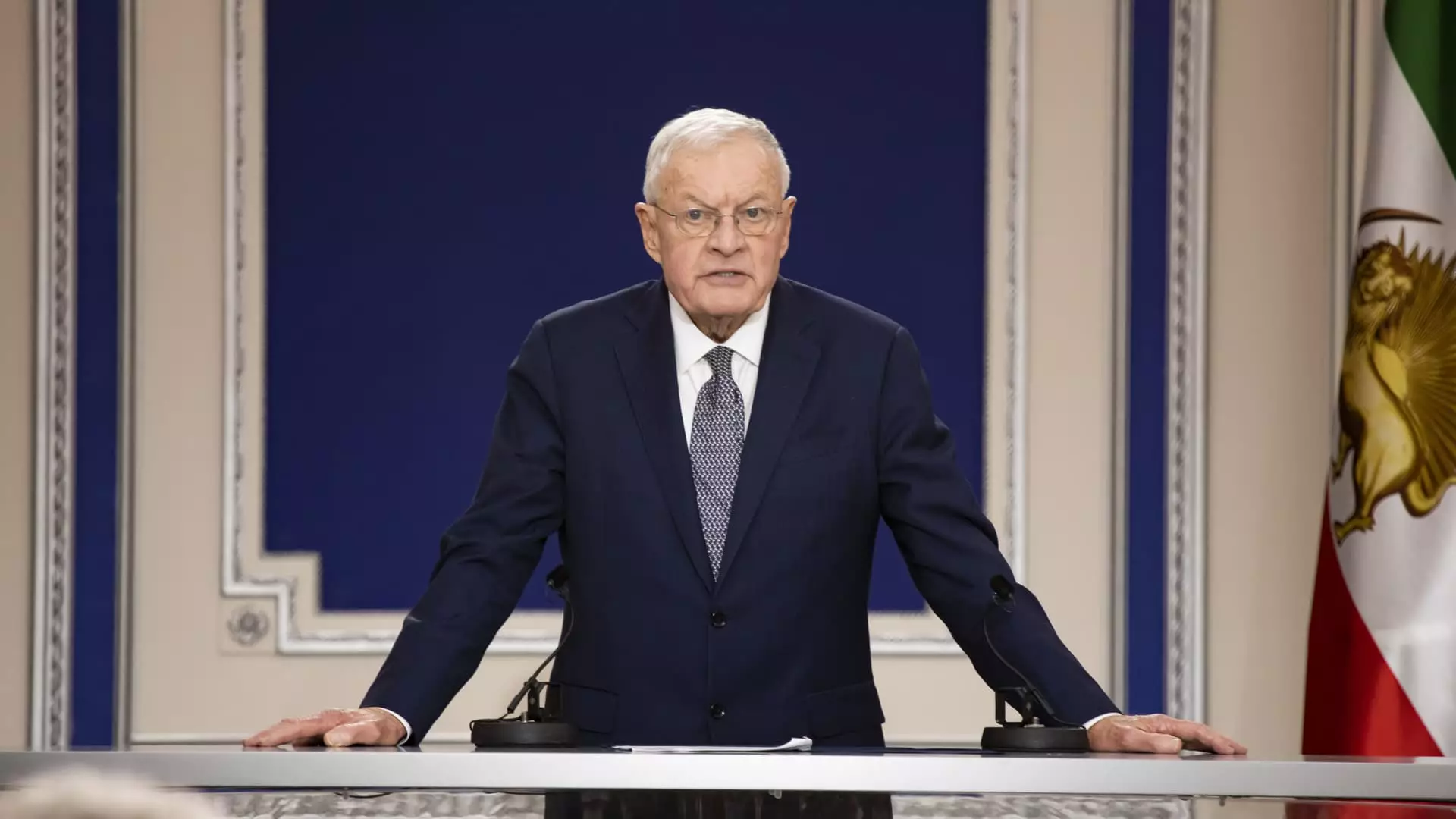As the conflict between Ukraine and Russia enters another critical phase, the stakes have never been higher. Keith Kellogg, the U.S. Special Presidential Envoy for Ukraine and Russia, recently posited that a peace plan could materialize in the near future, perhaps within mere days or weeks. This assertion reflects both the urgency and the volatility of the diplomatic landscape surrounding this protracted conflict. Kellogg’s comments, made at the Munich Security Conference, suggest a pressing need for resolution—echoing what many delegates regard as an unsustainable status quo. This urgency raises several questions: Can meaningful peace discussion occur swiftly, and if so, are the parties involved prepared to engage constructively?
Kellogg articulated an intriguing “dual-track” approach to peace talks, indicating that U.S. representatives are engaging with both Russian and Ukrainian stakeholders separately. This strategy aims to bridge varying perspectives and interests, thereby fostering an environment conducive to negotiation. However, this approach also poses challenges. How do negotiators balance the distinct needs and desires of each party while remaining committed to a cohesive peace framework? The complexity of international relations complicates matters further; for the United States to achieve a lasting peace, it must navigate the intricate web of alliances involving Ukraine and its European partners.
Kellogg assured delegates that the interests of Europe and Ukraine are indispensable to the negotiations, despite earlier suggestions that talks could occur without these nations’ direct involvement. His insistence on their inclusion underscores the importance of collaborative dialogue and mutual understanding—a principle that could facilitate a more sustainable peace framework. But, could the absence of a representative European presence at the negotiation table undermine the security guarantees Ukraine seeks?
The Imperative of Sustainable Peace
In his remarks, Kellogg hinted at the long-term goal of achieving a “lasting and sustainable peace.” Yet, the quest for peace is often fraught with peril. The potential for a hasty agreement, designed to placate immediate concerns, could fail to address the deep-rooted issues fueling the conflict. Such inadequate resolutions might sow the seeds for future discord, leaving the involved nations to grapple with a cycle of unrest rather than paving a genuine path to stability.
Kellogg evoked a sense of urgency by reflecting on the frustrations and rapid decision-making style of former President Donald Trump. This sentiment resonates amid concerns regarding the pace and efficacy of current diplomatic efforts. If negotiators do not act swiftly, they risk losing momentum, potentially allowing the conflict to escalate even further. However, does speed in negotiations equate to efficacy, or could it result in rushed decisions that overlook critical nuances?
The dialogue at the Munich Security Conference has illuminated a critical aspect of the negotiations: the role of Europe in establishing any meaningful peace agreement. European leaders have raised alarm about the implications of excluding their nations from these crucial discussions. As Croatia’s Prime Minister Andrej Plenković articulated, any peace deal must safeguard Ukraine’s territorial integrity; otherwise, it may lack legitimacy and support from European nations who share a vested interest.
The sentiments expressed in Munich signal a broader trepidation regarding the United States’ current administration. Iceland’s Prime Minister, Kristrún Frostadóttir, articulated a palpable uncertainty in Europe about the U.S.’s strategic objectives. Such apprehensions can impair collaborative efforts, highlighting the necessity for transparency and inclusive dialogue as the U.S. pursues peace negotiations.
As the nations involved grapple with the challenges of conflict resolution, the stakes remain high amid a complex backdrop of geopolitical interests and historical grievances. Kellogg’s assertions suggest that a peace deal could be on the horizon, but its success depends on an inclusive approach that fosters genuine collaboration among all involved. Sustainable peace is not merely about signing agreements; it requires ongoing engagement, mutual respect, and a commitment to addressing the underlying issues that fuel discord. Ultimately, the road to peace in Ukraine and Russia, though fraught with challenges, must prioritize a path that encompasses the interests of both nations and their respective allies.



Leave a Reply